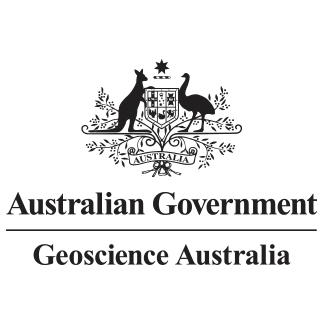Full description
The Parliament consists of the King (represented by the Governor-General) and two Houses (the Senate and the House of Representatives).
The House of Representatives reviews, debates and votes on proposed laws.
Each member elected to the House of Representatives represents a single electoral division, also known as an electorate, which does not cross state or territory borders.
Each of the six states, the Australian Capital Territory and Northern Territory gains representation in the House of Representatives in proportion to their population, and there are a similar number of electors in each electoral division within a given state or territory.
The names and boundaries of electoral divisions within a state or territory are reviewed periodically and may be adjusted.
This process is known as a redistribution of federal electoral divisions.
The Federal Electoral Divisions dataset contains the names and geographic boundaries of the federal electoral divisions in Australia.
The Senate is also often referred to as the ‘state’s house’ or the ‘house of review’.
The Senate's law-making powers are equal to those of the House of Representatives except that it cannot introduce or amend proposed laws that authorise expenditure for the ordinary annual services of the government or that impose taxation.
Those elected to the Senate are called ‘Senator’.
Senators represent all of one of the six states, the Australian Capital Territory or the Northern Territory.
There are 12 senators for each of the six states and there are two senators each for the Australian Capital Territory and the Northern Territory.
These boundaries are provided in vector format with Electoral Divisions represented by polygons.
Redistributions of federal electoral divisions are conducted of individual states or territories. The electoral divisions in this data have been used at general elections conducted since the date on which the redistribution was determined:
NSW - electoral divisions reflect changes made as a result of the redistribution of New South Wales determined on 10 October 2024.
VIC - electoral divisions reflect changes made as a result of the redistribution of Victoria determined on 17 October 2024.
QLD - electoral divisions reflect changes made as a result of the redistribution of Queensland determined on 27 March 2018.
WA - electoral divisions reflect changes made as a result of the redistribution of Western Australia determined on 24 September 2024.
SA - electoral divisions reflect changes made as a result of the redistribution of South Australia determined on 20 July 2018.
TAS - electoral divisions reflect changes made as a result of the redistribution of Tasmania determined on 14 November 2017.
ACT - electoral divisions reflect changes made as a result of the redistribution of the Australian Capital Territory determined on 13 July 2018.
NT - electoral divisions reflect changes made as a result of the redistribution of the Northern Territory determined on 4 March 2025.
Lineage
Maintenance and Update Frequency: asNeeded
Statement: The Australian Electoral Commission will make a final determination of boundaries and names of the electoral divisions in the state or territory. Electoral boundaries are determined by each state and territory representation in the House of Representatives in proportion to their population, and. there are a similar number of electors in each electoral division for a given state or territory.
While every care is taken to ensure the accuracy of the data within this product, the owners of the data (including the State, Territory and Federal Governments of Australia) do not make any representations or warranties about its accuracy, reliability, completeness or suitability for any particular purpose and, to the extent permitted by law, the owners of the data disclaim all responsibility and all liability (including without limitation, liability in negligence) for all expenses, losses, damages (including indirect or consequential damages) and costs which might be incurred as a result for the data being inaccurate or incomplete in any way and for any reason.
Notes
Purpose
Geoscience Australia to re-host the Commonwealth Electoral Division Boundaries for the purpose of sharing and using the dataset within the Digital Atlas of Australia platform.
![]()



